-
 Afrikaans
Afrikaans -
 Albanian
Albanian -
 Amharic
Amharic -
 Arabic
Arabic -
 Armenian
Armenian -
 Azerbaijani
Azerbaijani -
 Basque
Basque -
 Russian
Russian -
 Bengali
Bengali -
 Bosnian
Bosnian -
 Bulgarian
Bulgarian -
 Catalan
Catalan -
 Cebuano
Cebuano -
 Corsican
Corsican -
 Croatian
Croatian -
 Czech
Czech -
 Danish
Danish -
 Dutch
Dutch -
 English
English -
 Esperanto
Esperanto -
 Estonian
Estonian -
 Finnish
Finnish -
 French
French -
 Frisian
Frisian -
 Galician
Galician -
 Georgian
Georgian -
 German
German -
 Greek
Greek -
 Gujarati
Gujarati -
 Haitian Creole
Haitian Creole -
 hausa
hausa -
 hawaiian
hawaiian -
 Hebrew
Hebrew -
 Hindi
Hindi -
 Miao
Miao -
 Hungarian
Hungarian -
 Icelandic
Icelandic -
 igbo
igbo -
 Indonesian
Indonesian -
 irish
irish -
 Italian
Italian -
 Japanese
Japanese -
 Javanese
Javanese -
 Kannada
Kannada -
 kazakh
kazakh -
 Khmer
Khmer -
 Rwandese
Rwandese -
 Korean
Korean -
 Kurdish
Kurdish -
 Kyrgyz
Kyrgyz -
 Lao
Lao -
 Latin
Latin -
 Latvian
Latvian -
 Lithuanian
Lithuanian -
 Luxembourgish
Luxembourgish -
 Macedonian
Macedonian -
 Malgashi
Malgashi -
 Malay
Malay -
 Malayalam
Malayalam -
 Maltese
Maltese -
 Maori
Maori -
 Marathi
Marathi -
 Mongolian
Mongolian -
 Myanmar
Myanmar -
 Nepali
Nepali -
 Norwegian
Norwegian -
 Norwegian
Norwegian -
 Occitan
Occitan -
 Pashto
Pashto -
 Persian
Persian -
 Polish
Polish -
 Portuguese
Portuguese -
 Punjabi
Punjabi -
 Romanian
Romanian -
 Russian
Russian -
 Samoan
Samoan -
 Scottish Gaelic
Scottish Gaelic -
 Serbian
Serbian -
 Sesotho
Sesotho -
 Shona
Shona -
 Sindhi
Sindhi -
 Sinhala
Sinhala -
 Slovak
Slovak -
 Slovenian
Slovenian -
 Somali
Somali -
 Spanish
Spanish -
 Sundanese
Sundanese -
 Swahili
Swahili -
 Swedish
Swedish -
 Tagalog
Tagalog -
 Tajik
Tajik -
 Tamil
Tamil -
 Tatar
Tatar -
 Telugu
Telugu -
 Thai
Thai -
 Turkish
Turkish -
 Turkmen
Turkmen -
 Ukrainian
Ukrainian -
 Urdu
Urdu -
 Uighur
Uighur -
 Uzbek
Uzbek -
 Vietnamese
Vietnamese -
 Welsh
Welsh -
 Bantu
Bantu -
 Yiddish
Yiddish -
 Yoruba
Yoruba
Tessuto in twill di cotone e poliestere con superficie WR e retro idrofilo
Tessuto in cotone Yester con lato idrorepellente e lato posteriore idrofilo
Nome del prodotto: TESSUTO TC CON SUPERFICIE WR E RETRO IDROFILO
Materiale: 65% poliestere 35% cotone
Tipo di tessuto: 2/1 twill sinistro
Caratteristica:Ecologico, acqua, repellenza all'olio viso idrofilo Indietro
Campione: Formato A4 disponibile.
Personaggi:
Colore: Beige
Peso:finito 155GSM;
Tessuto Larghezza:148 centimetri
Contatto: WhatsApp: +86 159 3119 8271
WeChat: Kewin10788409
Posizione: Chang'an, Shijiazhuang, Hebei, Cina
What Is The Difference Between 100% Cotton And Cotton Twill?
When comparing 100% cotton and cotton twill, the key difference lies not in the fiber content but in the fabric structure. 100% cotton refers to the material itself, meaning the fabric is made entirely from natural cotton fibers. This term describes the composition but does not specify how the fabric is woven. Cotton fabrics can be produced in a variety of weaves such as plain, sateen, flannel, poplin, or twill. On the other hand, cotton twill specifically refers to a fabric made from 100% cotton fibers using a twill weave. Twill is a particular weaving technique characterized by diagonal rib patterns that are visible on the fabric surface.
This weave makes the fabric more durable, wrinkle-resistant, and better at hiding stains and dirt compared to plain weave cotton fabrics. Cotton twill tends to be slightly heavier and thicker, offering excellent strength and longevity while still retaining the softness and breathability of natural cotton. This makes it ideal for workwear, uniforms, pants, jackets, and heavier home textiles where durability is essential. In contrast, plain 100% cotton fabrics are generally smoother, lighter, and crisper with a flat texture. They are often used for T-shirts, bedsheets, lightweight shirts, and casual wear where softness and lightness are prioritized. Both 100% cotton and cotton twill are breathable, skin-friendly, and comfortable, but twill provides enhanced durability and a more structured appearance due to its unique weave. Cotton twill fabrics are less prone to wrinkling and can maintain a neat appearance longer, while plain cotton fabrics may require more frequent ironing to look polished.
Ultimately, the choice between 100% cotton and cotton twill depends on the intended use. If you are looking for a lightweight, airy fabric with a smooth finish, plain weave 100% cotton is ideal. If you need something sturdier with a richer texture and better drape, cotton twill is the preferred option. Both fabrics are easy to care for, machine washable, and environmentally friendly since they are made from natural fibers. Our collection offers both types, ensuring you can find the perfect fabric whether you are creating comfortable everyday apparel or durable workwear.
Diritto d'autore © 2025 Hebei Henghe Bangxing Nuovo Materiale Co., Ltd. Tutti i diritti riservati. Sitemap | politica sulla riservatezza


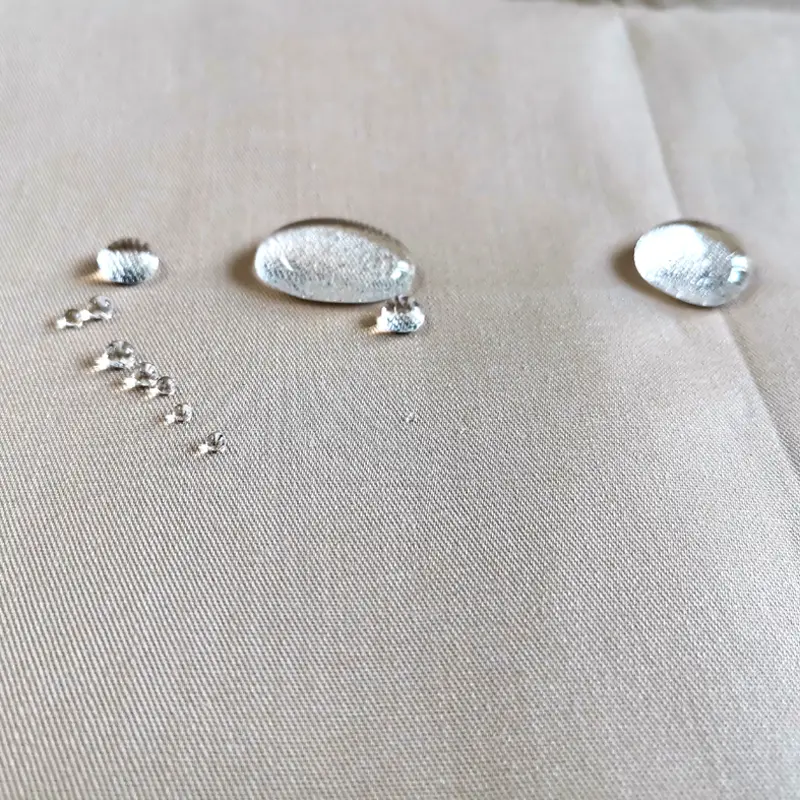
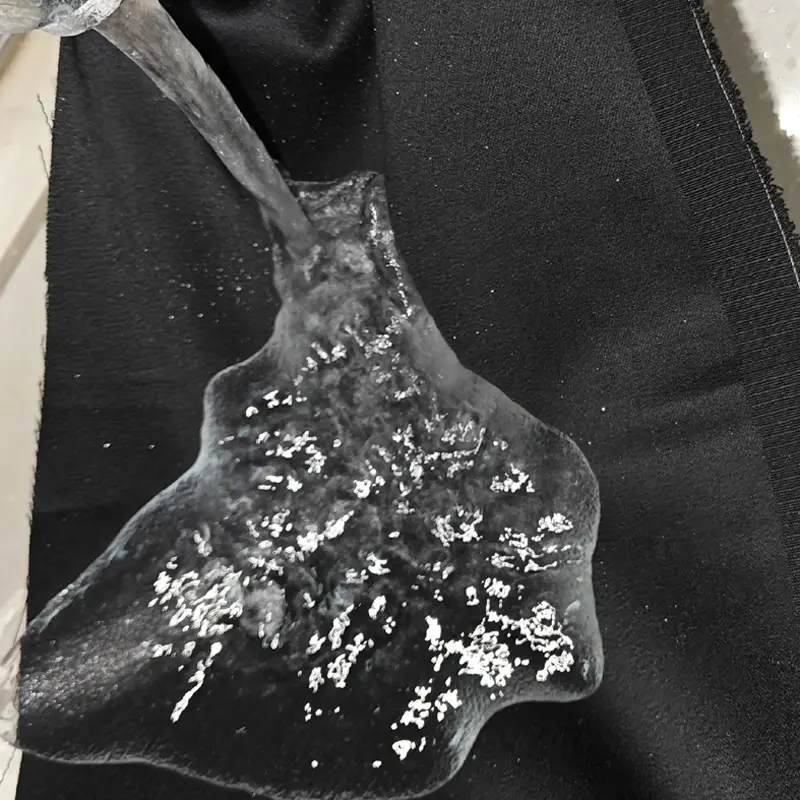
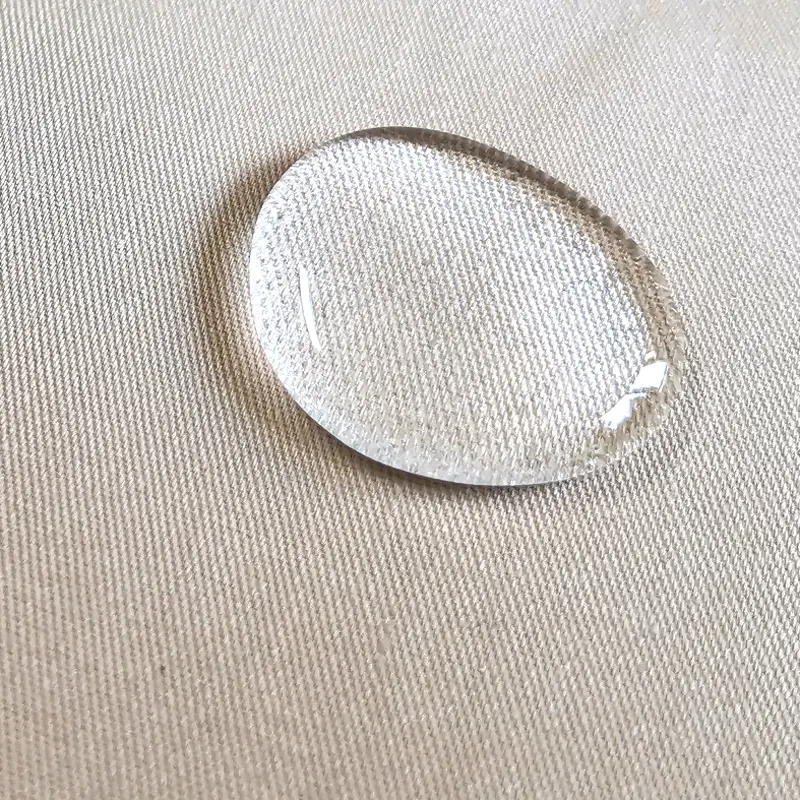

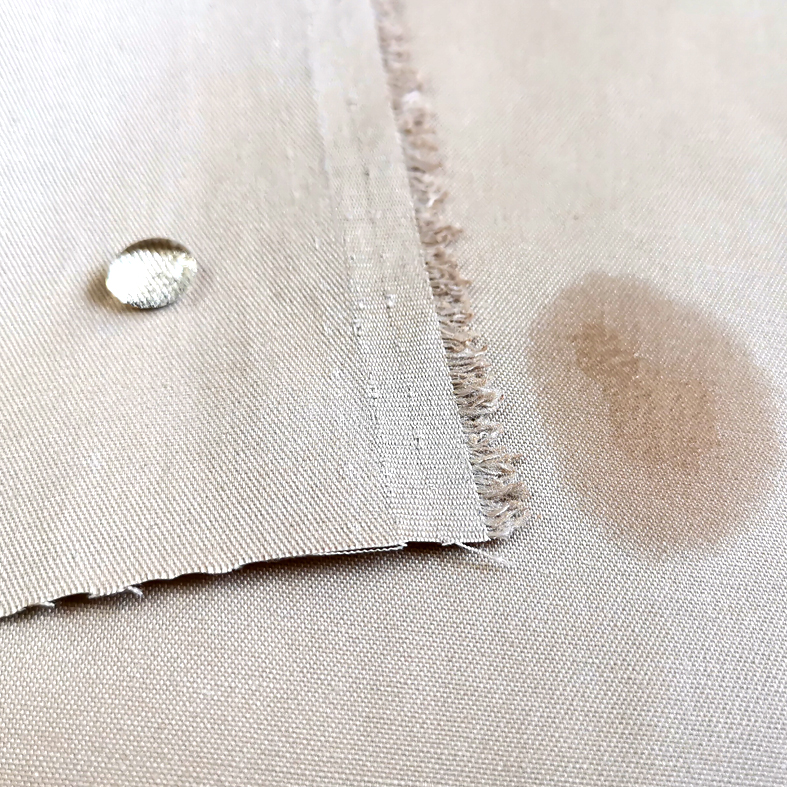
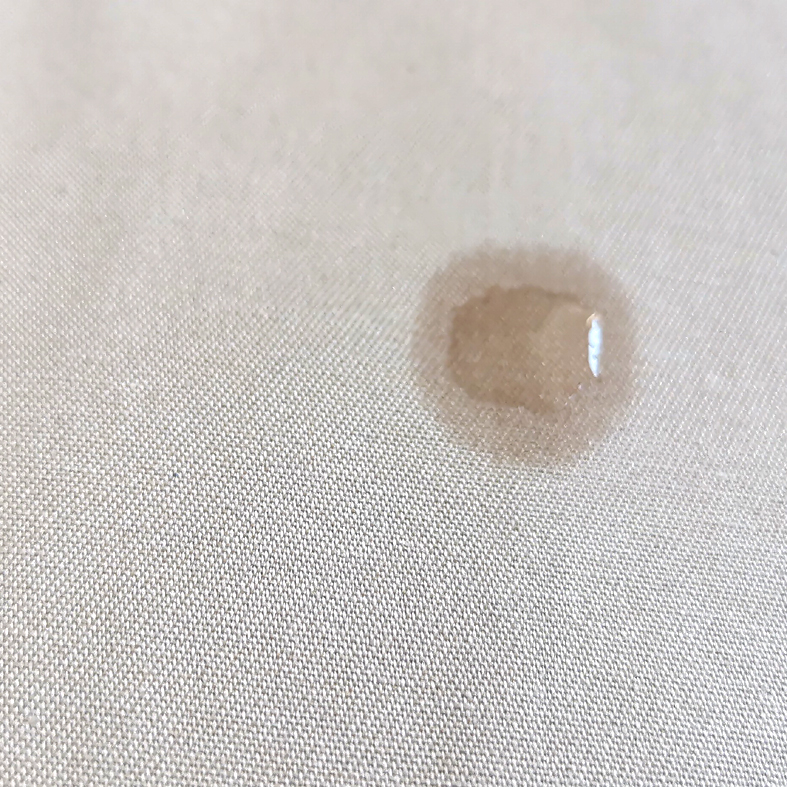
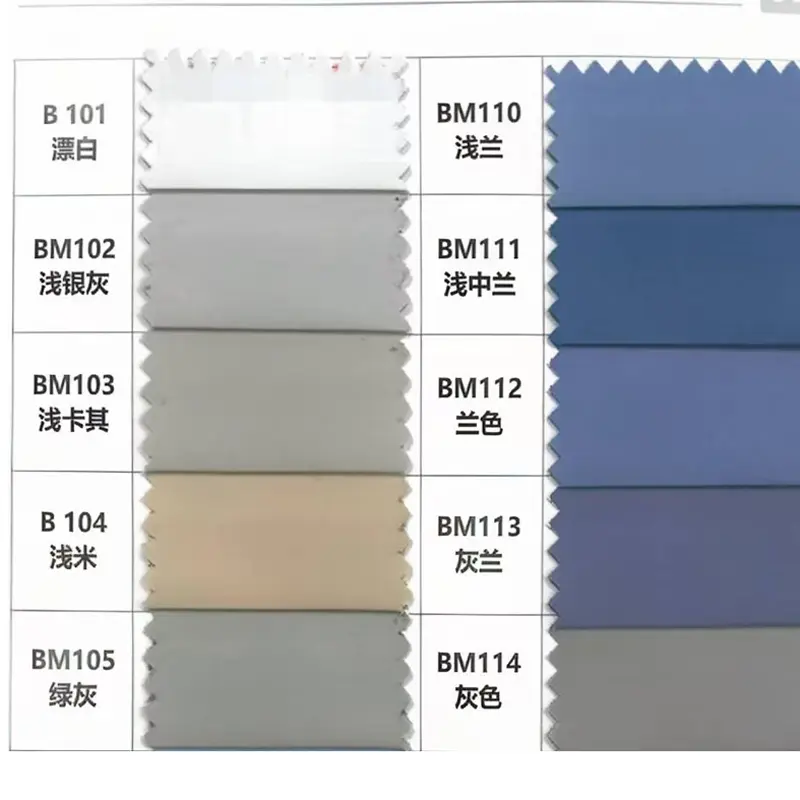

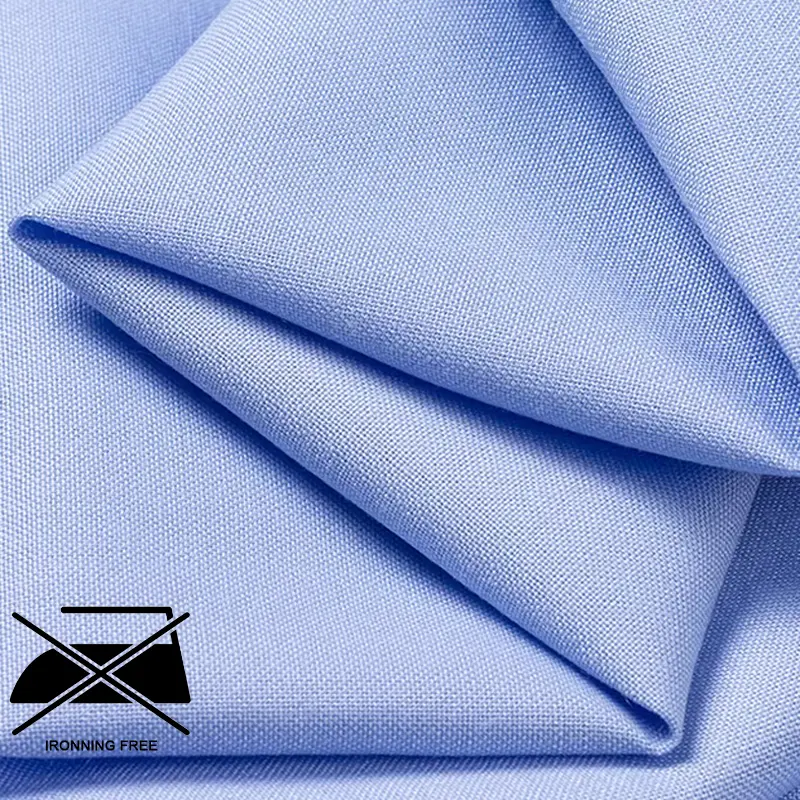
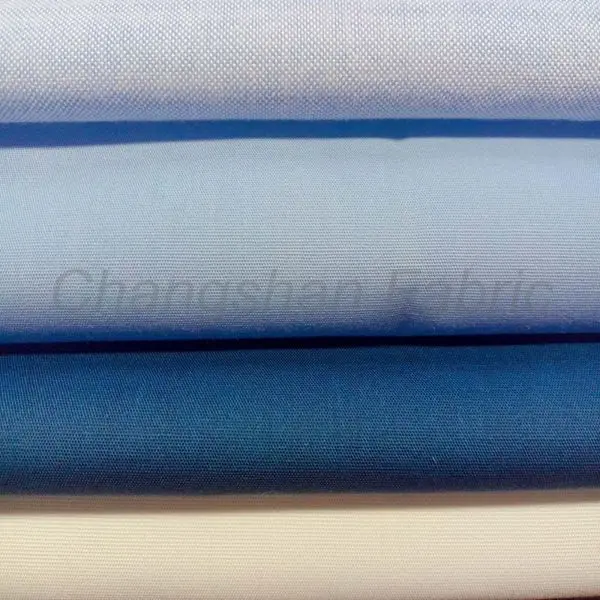
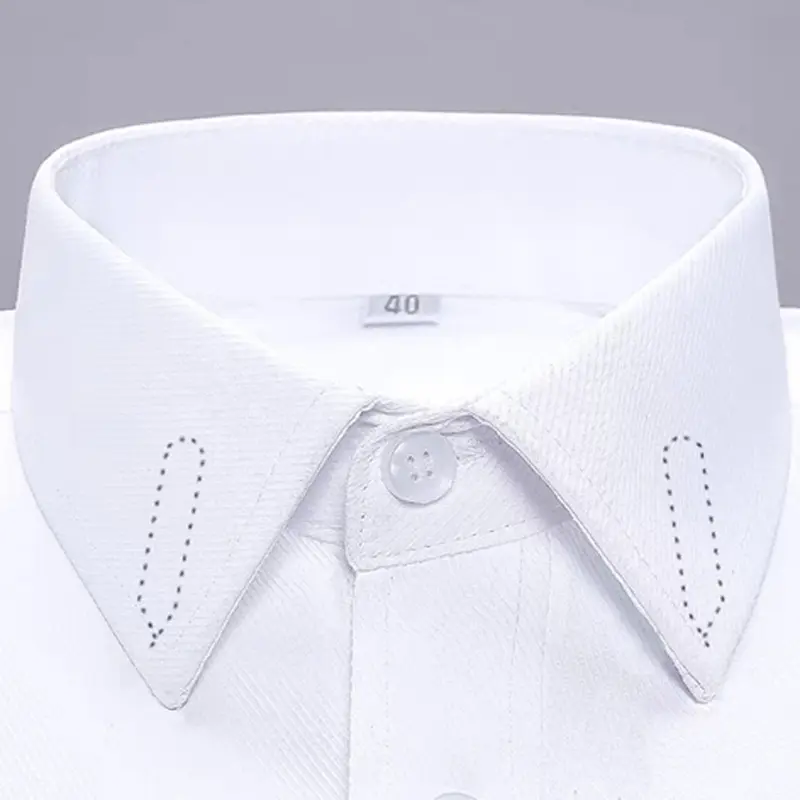
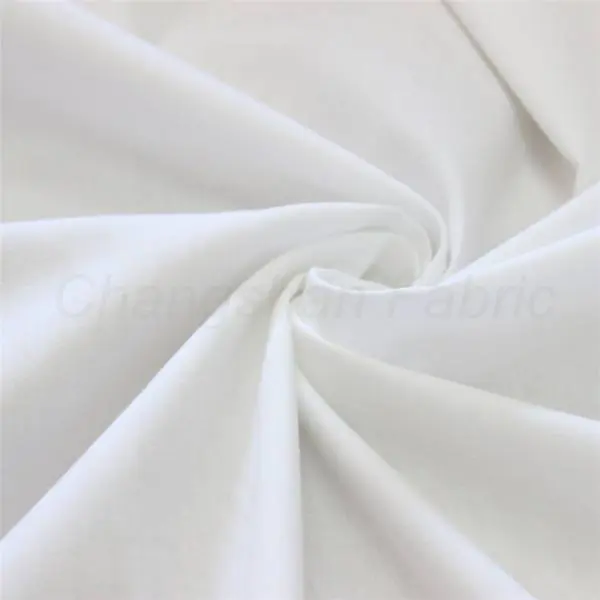
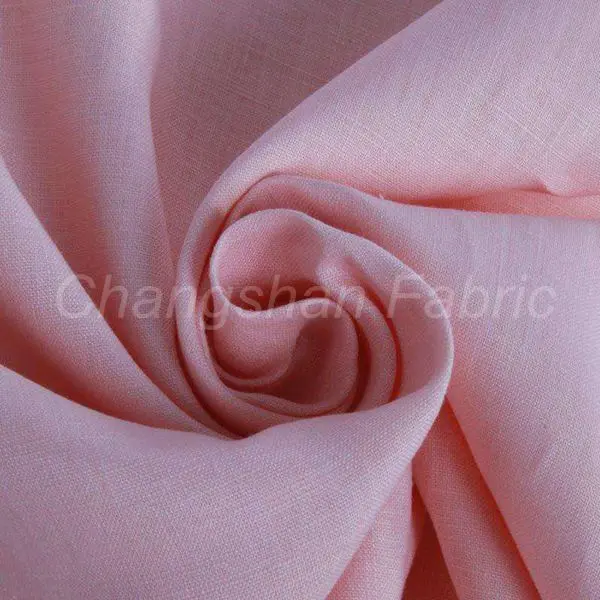
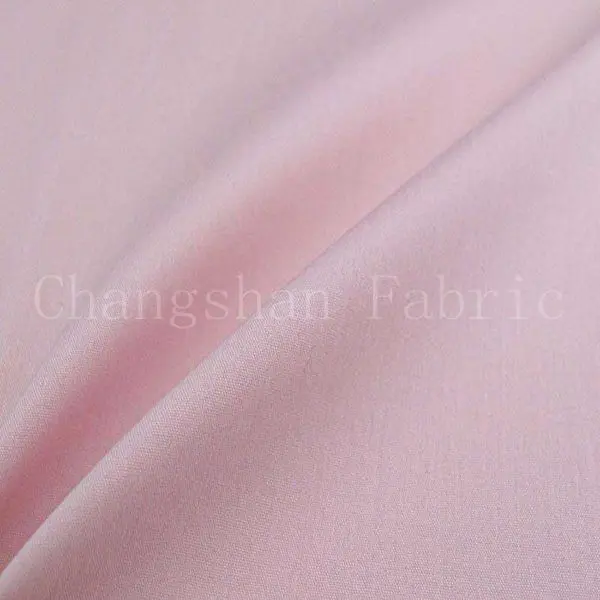
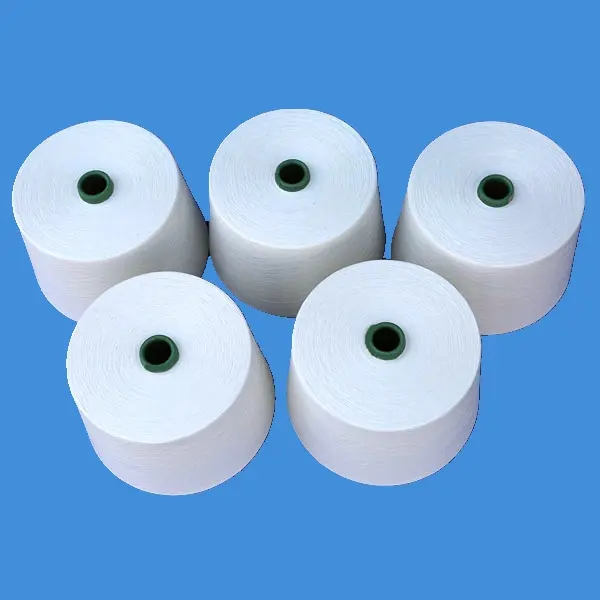
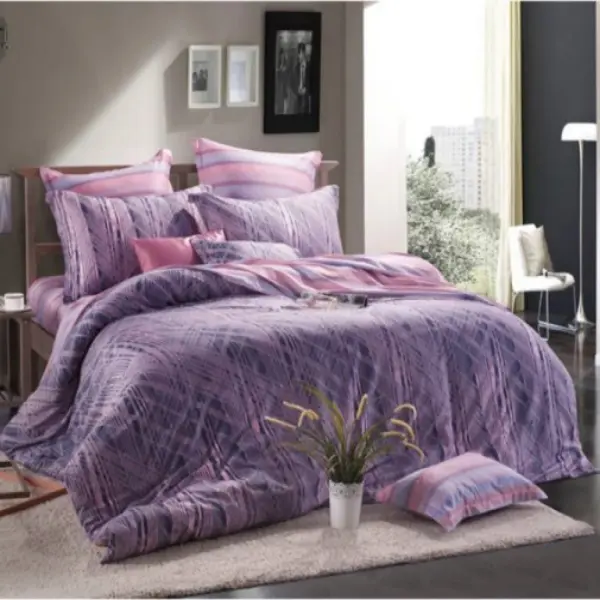
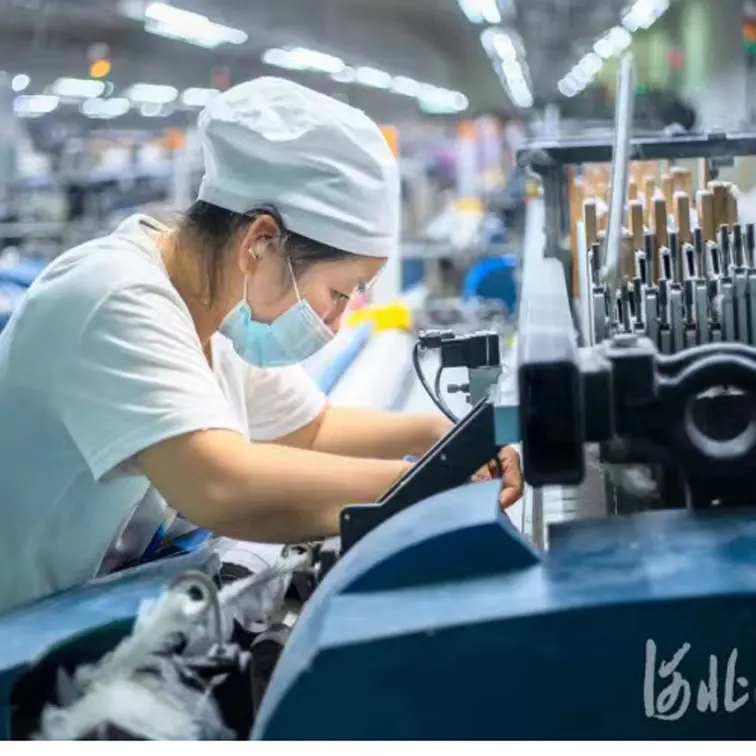
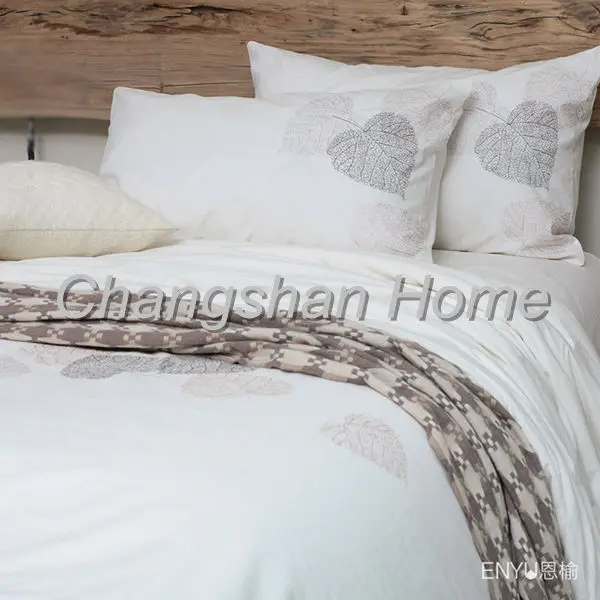
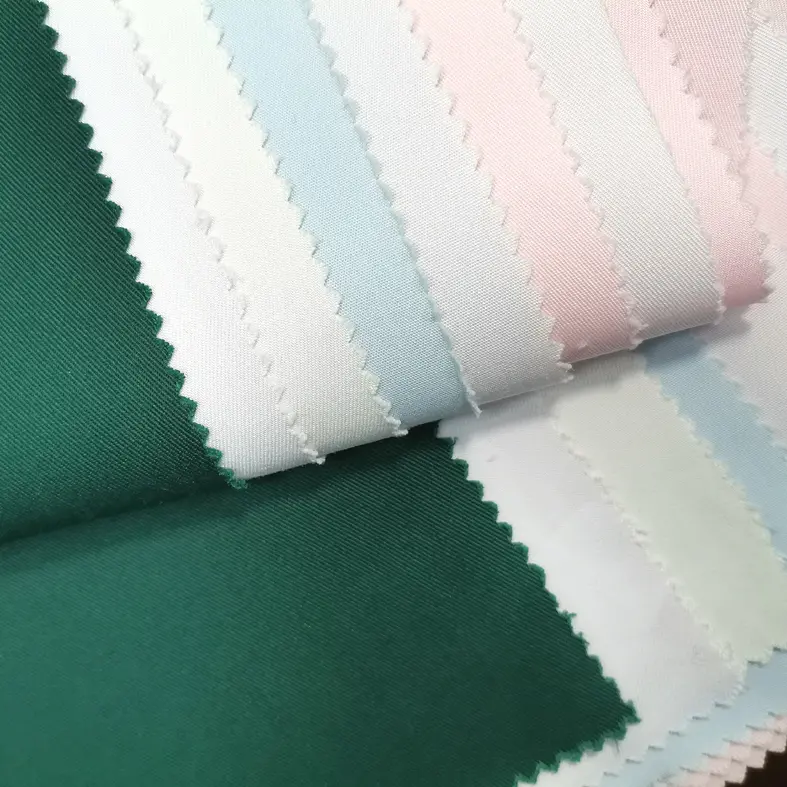
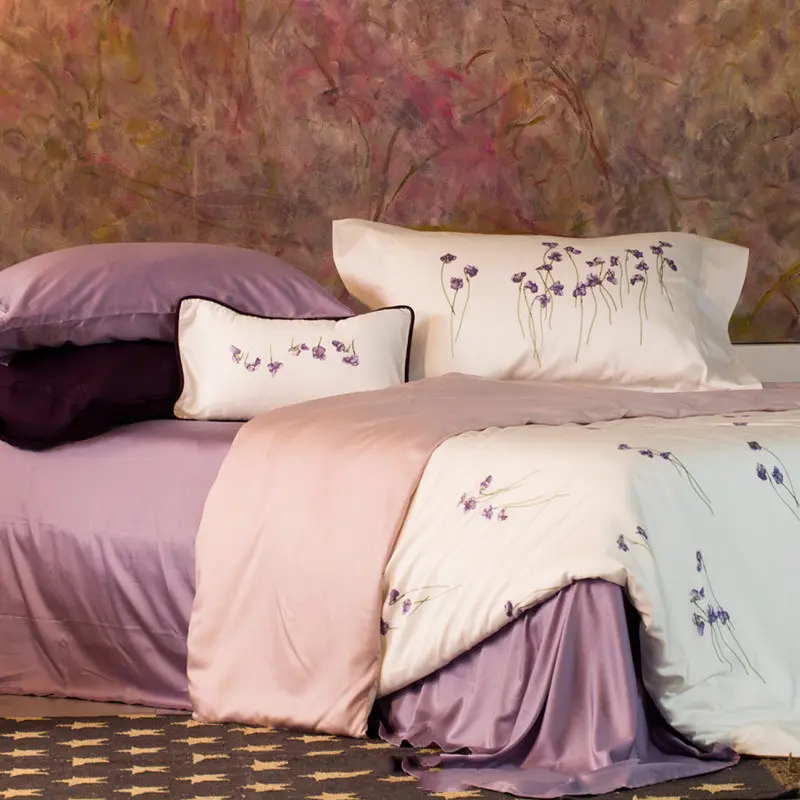
 Delicato sulla pelle
Delicato sulla pelle Versatile
Versatile Durevole
Durevole Assicurato
Assicurato
